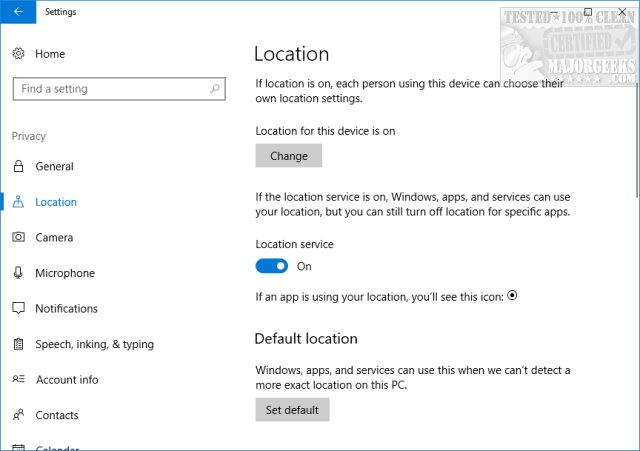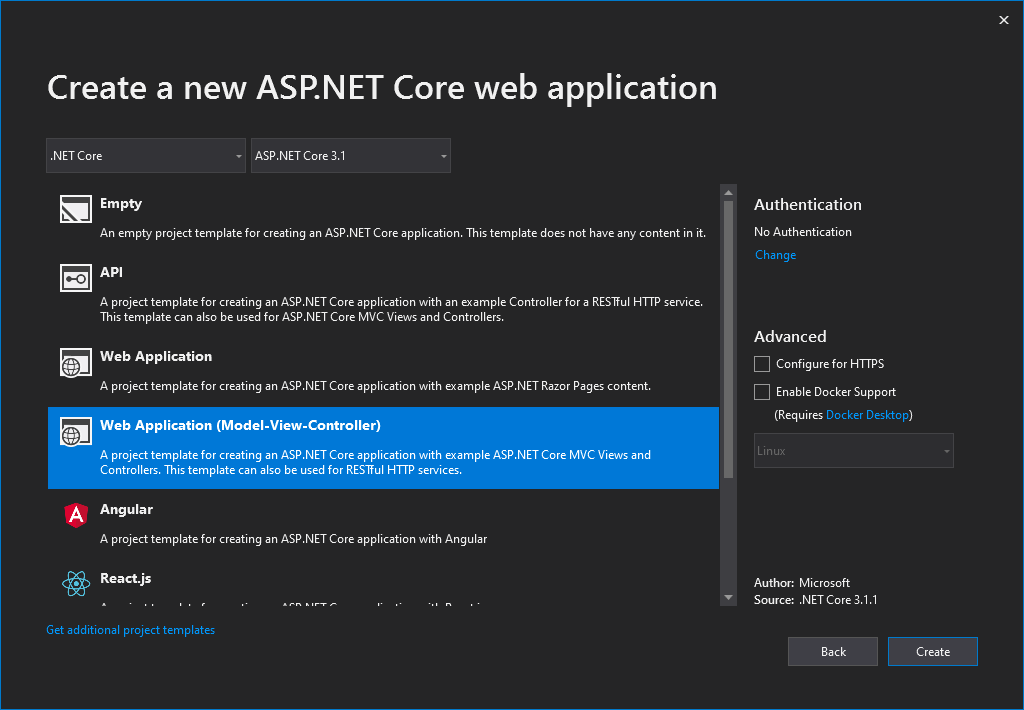
For iELVis to work properly, multiple programs need to be able to access each other and work in harmony, which may require a little bit of troubleshooting depending on the setup of your individual system. Setting up and using iELVis requires a little bit of knowledge about general programming in a UNIX-type system and in an advanced language like MATLAB. iELVis is not a self-contained program but runs in a combination of BASH script, BioImage Suite, and MATLAB and can be downloaded from GitHub at:

We use the iELVis software package to visualize electrode locations in our research patients along with a number of other programs. IELVis stands for Intracranial Electrode Visualizer. 15, 2019: added alternate version of FLIRT command. This page describes the processing pipeline currently used by the Beauchamp Lab to localize electrodes, as documented by Buffy Nesbitt in August 2019.


5 Electrode Projection and Visualization.4.2 Surface Reconstruction (aka The Long Step).“ROIs” folder stores ROIs of DICOM images.This folder is deleted when you exit OsiriX. “TEMP” folder contains files during conversion time.“INCOMING” folder contains temporarily files that are received by the listener.“DATABASE” folder contains ‘local’ DICOM files.You can modify the database management in the Preferences window. This function will re-scan all files displayed in the “Local Database” window, remove all unavailable files and add all files available in the “DATABASE” folder (received from the PACS network). Simply select Rebuild Database from the File menu. This will delete the “DATA.DAT” file and reconstruct a new one. You can also rebuild the database at any time. It does not contain any important data, only links to DICOM files. This file is located in the “OsiriX Data” folder. OsiriX keeps information of all images in the “DATA.DAT” file. This means that if you delete them from the “Local Database” window, OsiriX will either delete the links to files or delete files located in the “DATABASE” folder. If you import your files with the “Import” button or menu item, OsiriX can either keep a link to these files or copy them in the “DATABASE” folder.This means that if you delete them from the “Local Database” window, Osirix will definitively delete these files. If you receive your images with the DICOM listener, they are stored in the “DATABASE” folder in the “OsiriX Data” folder, located in your “Documents” folder.

Two things are important to understand about your local database:


 0 kommentar(er)
0 kommentar(er)
